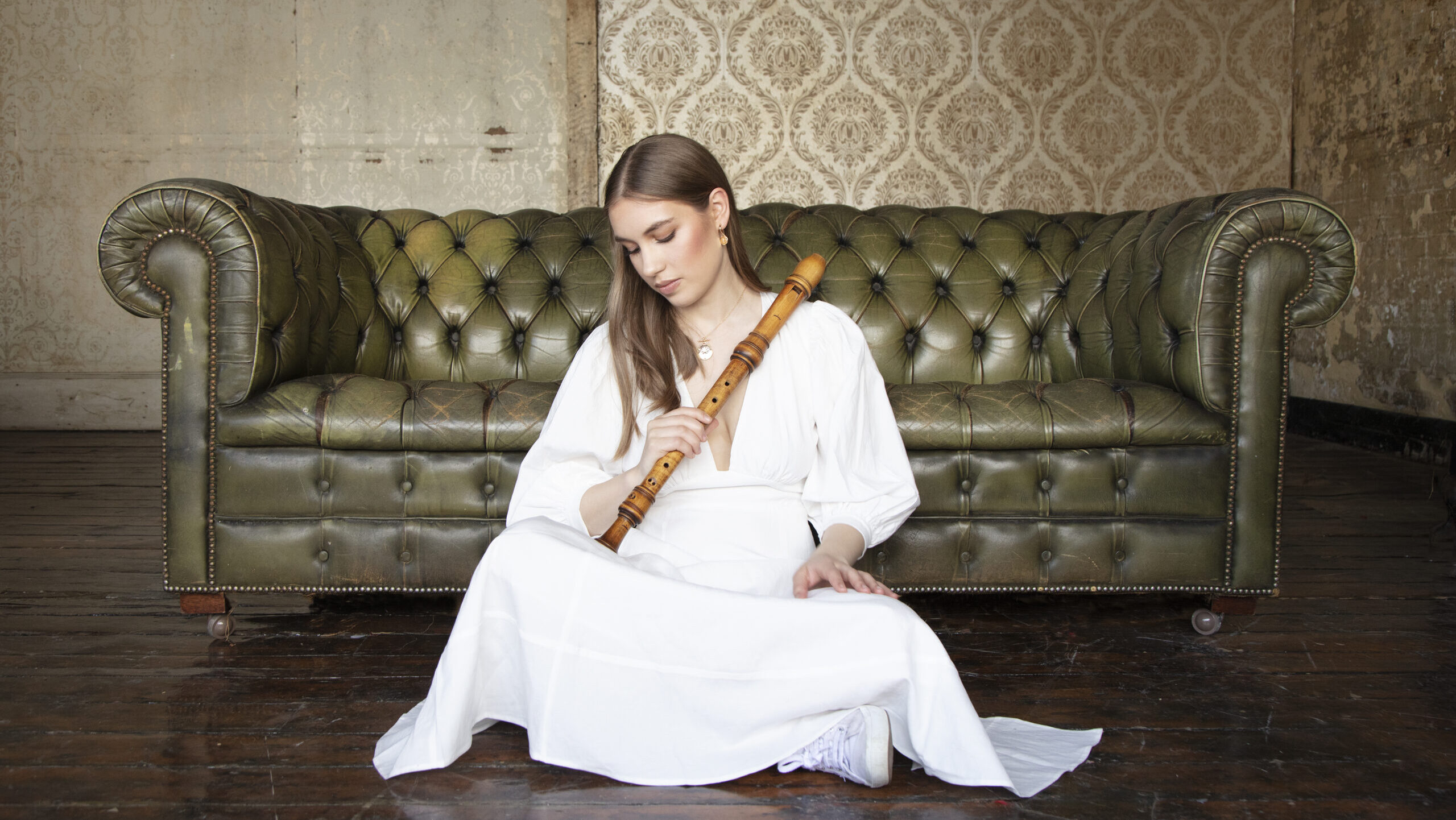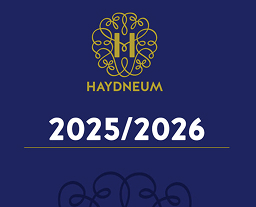Georg Philipp TELEMANN (1681-1767):
Sonata in C major, TWV 41:C5
Fantasia No. 7 ‘a la francese’, TWV 40:8
François COUPERIN (1668-1733):
Quatrième Concert Royal
Jean-Philippe RAMEAU (1683-1764):
‘Le Rappel des Oiseaux’ from Suite in E minor, RCT 2
Joseph-Bodin de BOISMORTIER (1689-1755): Sonata in E minor, Op. 90 No. 3
—
Unico Wilhelm van WASSENAER (1692-1766):
Sonata terza in G minor
Jacob van EYCK (c. 1590-1657):
‘Boffons’, from ‘Der Fluyten Lust-Hof’
Dario CASTELLO (1602-1631): Sonata seconda
Johann Sebastian BACH (1685-1750):
Concerto in D minor – Andante, BWV 974 (for solo harpsichord after Alessandro Marcello’s Concerto for oboe in D minor)
Johann Sebastian BACH:
Sonata in E minor, BWV 1034
Dignified, lyrical, and vibrant characters, lively and refined embellishments, aristocratic dances that seem to transform the patterns of flower beds in parks and the interior decorations of castles into movement, allegorical scenes, imaginative play with mimesis, whimsical emotionality – baroque secular music shaped the surrounding world of the discerning audience into art through such formulas, into sonatas, concertos, and suites.
Composers of this era eagerly put everything into string-like, multi-movement forms, which, with their varied tempos and colours, represented the ordered diversity of phenomena. The sonatas and concertos formulated in a dialogic manner were essentially mirrors of each other: the only difference was that the latter made the shared structure of the two genres dialogical with solo passages. In addition, dances often appeared in both, which were arranged into independent series sometimes called suites, sometimes partitas, and at other times simply ordres (orders) or, somewhat unusually, concerts. The energetic and sophisticated elegance of dance, the expressive power of movement, is deeply rooted in French taste. However, it became a particularly popular form of Baroque artistic representation thanks to Louis XIV, who was an excellent dancer in his youth and enjoyed performing on stage in various allegorical scenes. On one occasion, for example, he appeared in the costume of Apollo to dance himself as the source of light flooding his kingdom.


